Location: Regional Victoria, Australia
Case study conducted by: Professor Carolyn Hendriks and Ms Christie Woodhouse
Time span: 2021-now
Green SDGs: 6, 7, 11, 12, 13, 14, 15
Partners: Individual community members and community organisations; local businesses and the agricultural sector; diverse local, regional and state government agencies; water utilities; and universities.
Data sources: Interviews, documents, observations, mini-survey
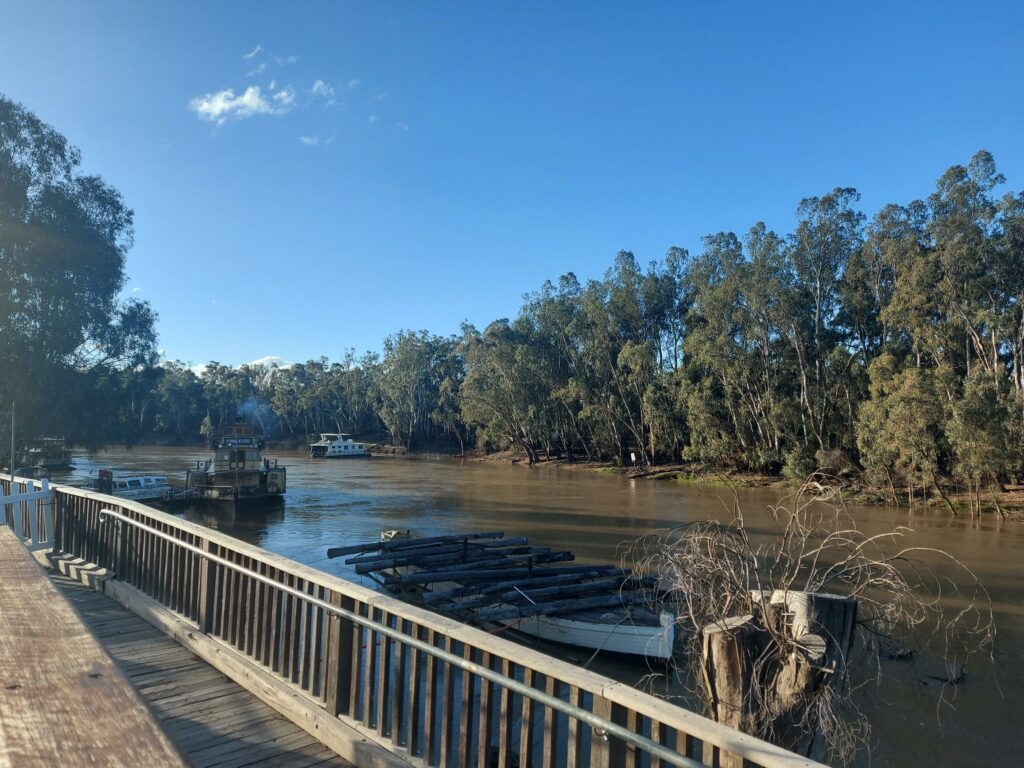
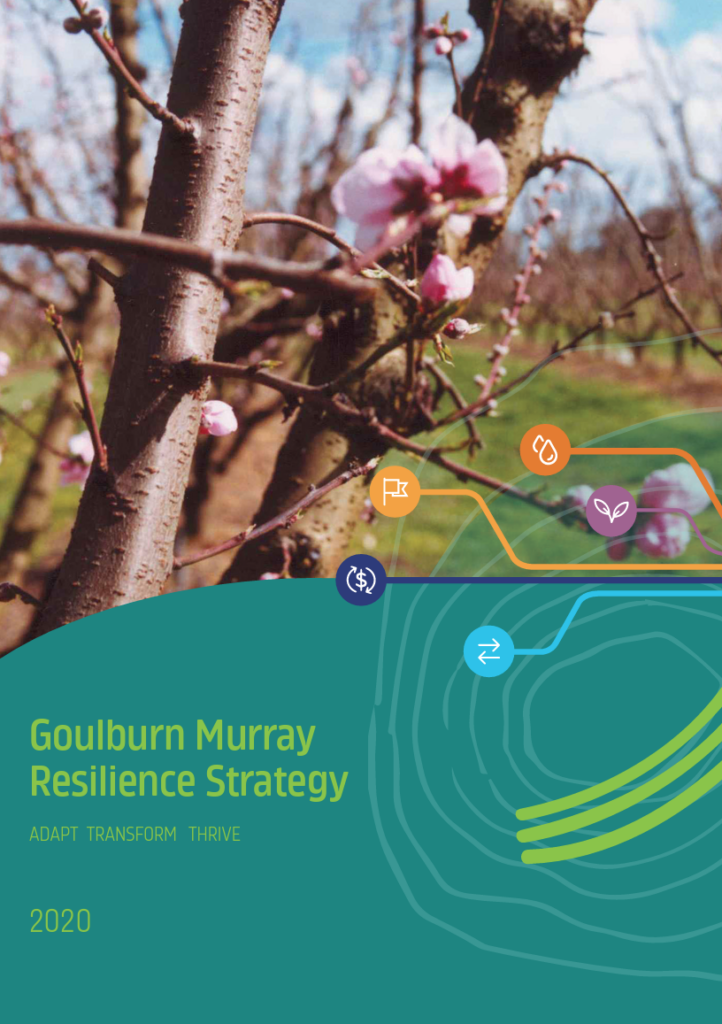
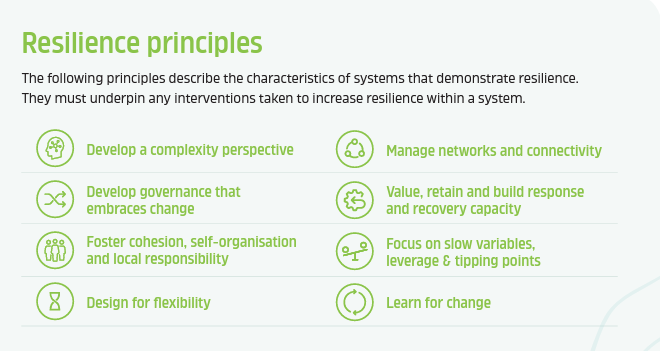
In GOGREEN, we define the green SDGs as the following SDGs: SDG 6, SDG 7, SDG 11, SDG 12, SDG 13, SDG 14, SDG 15
This case centres on the implementation of a community-led regional planning initiative for the Goulburn Murray region — Australia’s largest irrigation district. This is a productive agricultural region that produces diverse commodities including dairy, cropping, fruit, beef, sheep and horticulture.
The Goulburn Murray region is located in north-west Victoria, Australia. The Traditional Owners of the lands across this region include: Yorta Yorta, Dja Dja Wurrung, Barapa Barapa, Wamba Wamba, Wadi Wadi and Taungurung peoples.
The Goulburn Murray region has faced successive challenges including salinity, farm debt and severe drought. Today it faces the uncertainties of a changing climate, with predictions suggesting much drier and warmer conditions. The region also faces a diverse range of changes such as water recovery for the environment, technological change, dynamic markets, energy challenges and biosecurity risks.
In early 2015, in the face of all these changes, particularly the changing climate, some leaders from within community began to engage in ideas on resilience thinking and climate adaptation. These community leaders wanted to develop a vision for their region that promoted resilience and long-term thinking – something that piecemeal policy making to date by successive local, state and federal governments had not fostered.
In 2018-19 this group led a consultative process on resilience thinking for the region by engaging diverse members from local communities and towns, as well as relevant local, state and federal government agencies, farmers and the agribusiness sector.
Emerging out of this consultative process was a community-led planning strategy, the Goulburn Murray Resilience Strategy, which was launched in Dec 2020. The Strategy has since received the support of the relevant state government agency, Regional Development Victoria. The Strategy is promoted as pathbreaking community-led intervention that has the potential to respond to the complex challenges the region faces due to climate change. It centres around the following five intervention streams:
To drive and guide the implementation of the Strategy, the community established the Goulburn Murray Resilience Taskforce. This is collaborative body composed of community members, farmers, private sector companies and a variety of local, state and federal government actors.
The case study will focus on the work of the Taskforce, and its implementation of particular aspects of the community-led Resilience Strategy. The case will provide insights into the practices and politics of a community-led collaboration that seeks to advance green solutions by bringing together community, business, and multiple levels of government. The case will also illuminate how communities and governments can seed and build community leadership capacity and promote innovative long-term thinking for green solutions.
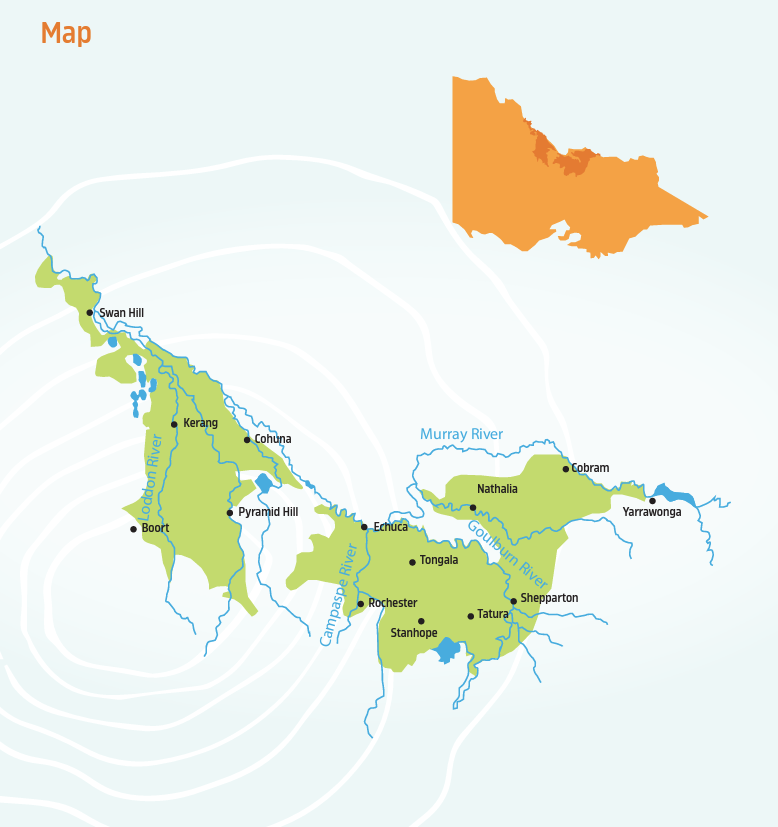
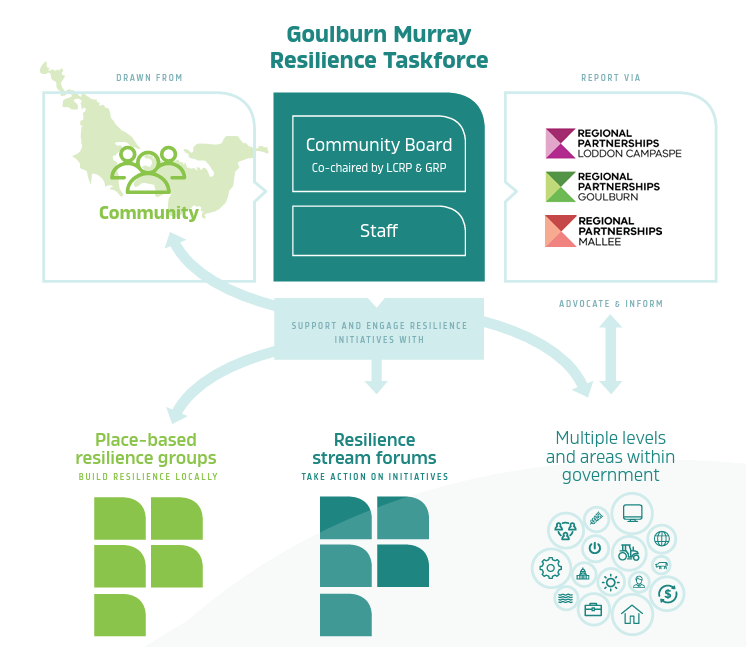
This website uses strictly-necessary cookies. To read more about WordPress cookies, click here. Please click on the ‘Accept’ button to continue on to the GOGREEN Project site.